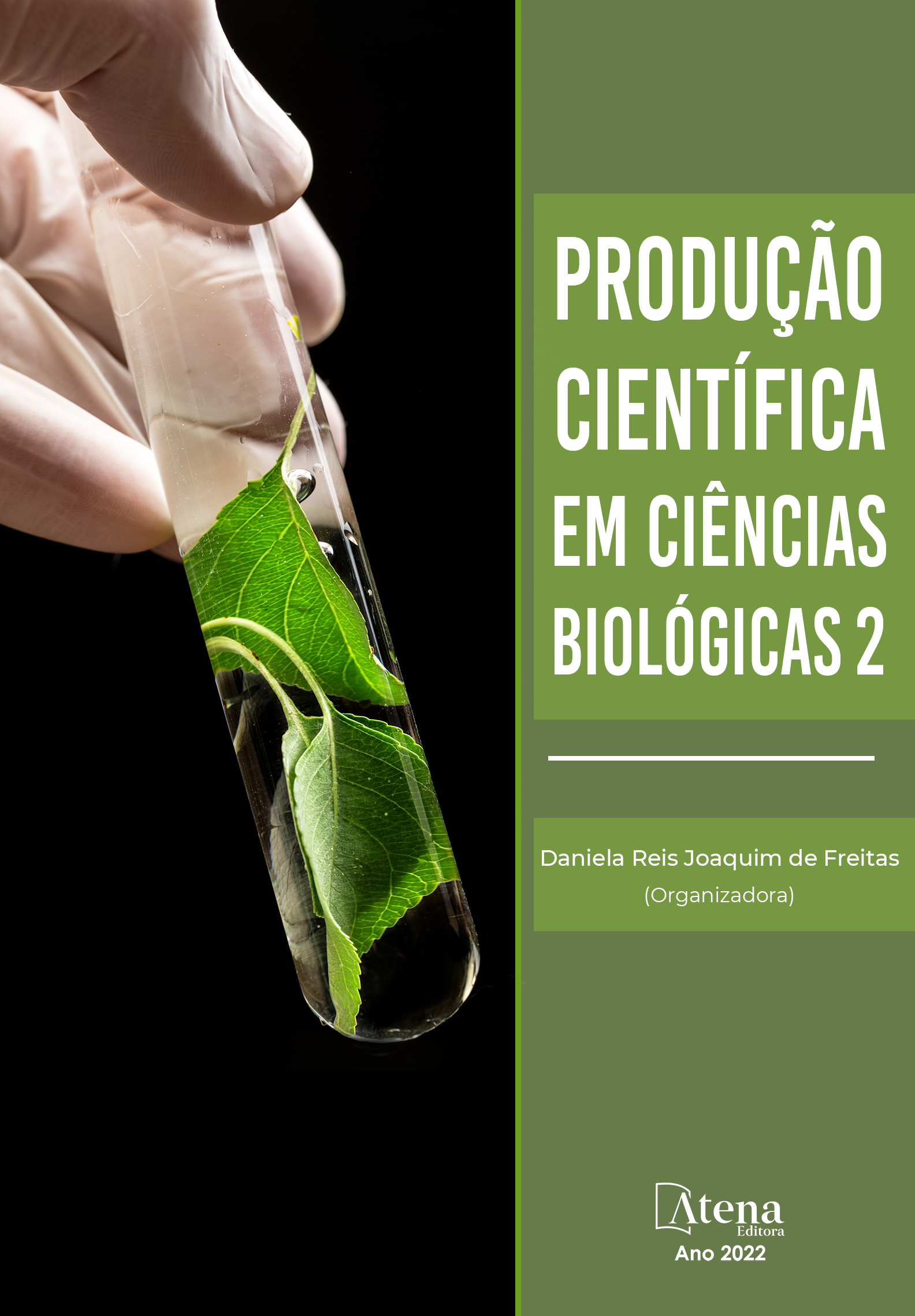
Melaleuca armillaris (Sol. Ex Gaertn.) hydrolat: Use in rat skin wound healing and blood analysis.
Melaleuca armillaris (Sol. Ex Gaertn.) Sm, foi introduzida no Brasil oriunda da Austrália e comumente conhecida como Bracelete de Mel. As árvores chegam a 5m de altura, crescendo em solo arenoso ou com rochas com baixa capacidade de retenção de água. O objetivo do presente trabalho foi avaliar o efeito do hidrolato das folhas de Melaleuca, sobre a cicatrização de feridas em ratos, bem como, avaliar por testes bioquímicos o sangue dos animais. As folhas foram coletadas de árvores em Piedade, SP, trazidas ao laboratório em geladeira de isopor e realizada a destilação do óleo. Após a separação do óleo, foi retirado o hidrolato e confirmada a presença de 0.3% do óleo contendo 91,48% de 1,8 cineol e, atividade antioxidante equivalente a 494 umol Trolox. Gel foi preparado contendo 10% do hidrolato. Após aprovação no Comitê de Ética, foram utilizados 15 ratos da linhagem Wistar, machos, adultos (peso cerca de 200-250g), divididos em três grupos. Os animais do primeiro grupo foram tratados com 1mL do gel a 10% do hidrolato, os do segundo grupo, com 1mL de gel-água destilada e os do terceiro com uma fina camada de fibrinase. Foi realizada aplicação diária sobre ferida quadrada de 4cm2 na região dorsal de cada animal. A avaliação da ferida foi feita macroscopicamente nos períodos pré-determinados (0, 2, 7, e 14 dias). A análise macroscópica da evolução do aspecto da lesão e medida da retração cicatricial da ferida foi realizada por planimetria digital. O teste bioquímico do sangue não apresentou nenhuma diferença demonstrando que o hidrolato penetra na pele mas não chega a ter ação no metabolismo bioquímico. Resultados parciais da cicatrização indicaram uma diferença estatística nas áreas das feridas tratadas com melaleuca quando comparadas com controle gel-água. Como conclusão o hidrolato de melaleuca poderá a vir auxiliar na cicatrização e ser uma alternativa no tratamento de feridas.
Melaleuca armillaris (Sol. Ex Gaertn.) hydrolat: Use in rat skin wound healing and blood analysis.
-
DOI: 10.22533/at.ed.7222222067
-
Palavras-chave: Hidrolato de Melaleuca, ratos, cicatrização
-
Keywords: Hidrolate of Melaleuca, rats, wound healing
-
Abstract:
Melaleuca armillaris (Sol. Ex Gaertn.) Sm was introduced in Brazil from Australia and is commonly known as the honey bracelet. The trees reach 5m in height, growing in sandy soil with low water retention capacity. The objective of the present work was to evaluate the effect of the Melaleuca leaf hydrolate on wound healing in rats, as well as to evaluate the blood of the animals by biochemical tests. The objective of the present work was to evaluate the effect of the Melaleuca leaf hydrolate on wound healing in rats, as well as to evaluate the blood of the animals by biochemical tests. The leaves were collected from trees in Piedade, SP, brought to the laboratory in a Styrofoam refrigerator and the oil was distilled. After oil separation, the hydrolate was removed and the presence of 0.3% of oil was confirmed, containing 91.48% of 1,8 cineol and antioxidant activity equivalent to 494 umol Trolox. A gel with 10% of hydrolate was prepared. After approval by the Ethic Committee, 15 adult male Wistar rats (weight about 200-250g) were used and divided into three groups. The animals in the first group were treated with 1mL of the 10% hydrolate gel, those in the second group with 1mL of distilled water gel, and those in the third group with a thin layer of fibrinase. Daily application was performed on a 4 cm2 square wound on the dorsal region of each animal. The wound was evaluated macroscopically in the predetermined periods (0, 2, 7, and 14 days). The macroscopic analysis of the evolution of the wound aspect and measurement of wound healing retraction was performed by digital planimetry. The blood biochemical test showed no difference, demonstrating that the hydrolate penetrates into the skin but has no action on the biochemical metabolism. Partial results of the healing indicated a statistical difference in the areas of the wounds treated with melaleuca when compared to the water-gel control. In conclusion, melaleuca hydrolate may come to assist in wound healing and be an alternative in the treatment of wounds.
-
Número de páginas: 14
- Andreia Aparecida Oliveira Silva
- Edgar Matias Bach Hi
- Rommel Alexandre Sauerbronn da Cunha
- Nilsa Sumie Yamashita Wadt
- Erna Elisabeth Bach


